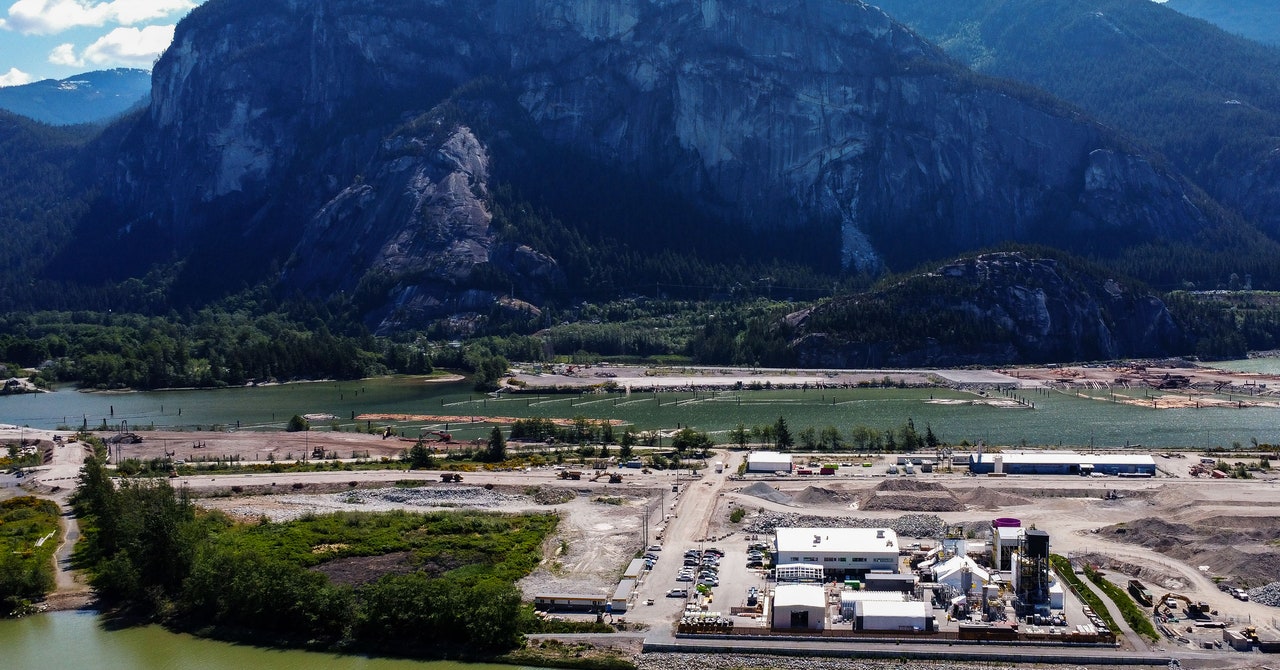
If only 5 percent of offsets actually remove carbon, how do we scale up that side of the market?
The main challenge is that carbon removal is still at a very early stage and expensive. The average removal offset is, let’s say, $200 a ton. Whereas the average emissions-avoidance offset is about $5 dollars a ton.
So we have an urgent scaling and pricing challenge with carbon removal. But there’s a lack of supply because there isn’t guaranteed demand, and there isn’t guaranteed demand because the pricing and the supply are uncertain. So we really need buyers to commit today, to help the supply side build capacity. As they do, the cost curve comes down, and more industries will come into play. If we don’t have buyers today, then we won’t have that gigatons of scale capacity in 2050.
What we’re trying to do is very similar to renewable power purchase agreements, where, for example, Google promises to buy renewable energy from a power provider, and that electricity provider can then take that guaranteed revenue to finance building renewable capacity. That’s very much how carbon removal needs to scale.
You mention Google here. What sort of companies are the potential early buyers of carbon removal?
At Supercritical, we’re happy to work with any industry. But in heavier, dirtier industries—steel manufacturing, for example—the price per ton of carbon removal is incredibly high. For them, it’s better to find ways internally to reduce emissions—switch suppliers, change your processes.
Really, it’s asset-light businesses—software companies, financial institutions, consultancies, law firms—that have the most propensity to buy right now, both because the price of removals is high and the biggest impact these businesses can have on their overall emissions is through buying carbon removal.
If you look at an average tech company, a Tide or a Stripe or a Shopify, what they need to do to reduce their emissions is largely just limit business emissions and then offset their supply chain—the Google ads, Facebook ads, Amazon AWS. The best use of their budget is in buying offsets and helping get the supply side of carbon removal to scale.
How do you work out a business’s carbon footprint?
In a previous job, I was tasked with getting my company to net zero. I spoke with a lot of consultants, and they were asking us for such a long tail of data. Things like wastewater usage, the amount of recycling we were producing—stuff that doesn’t really matter.






